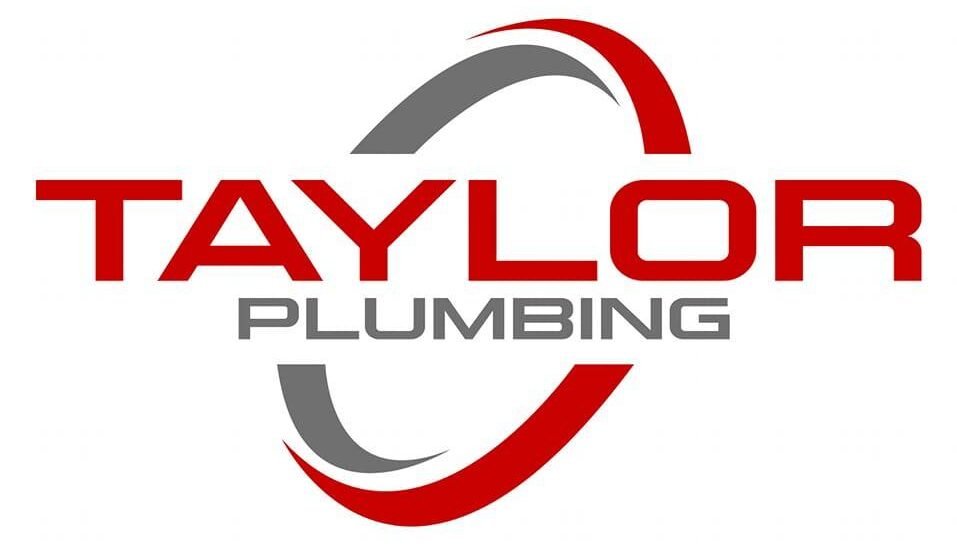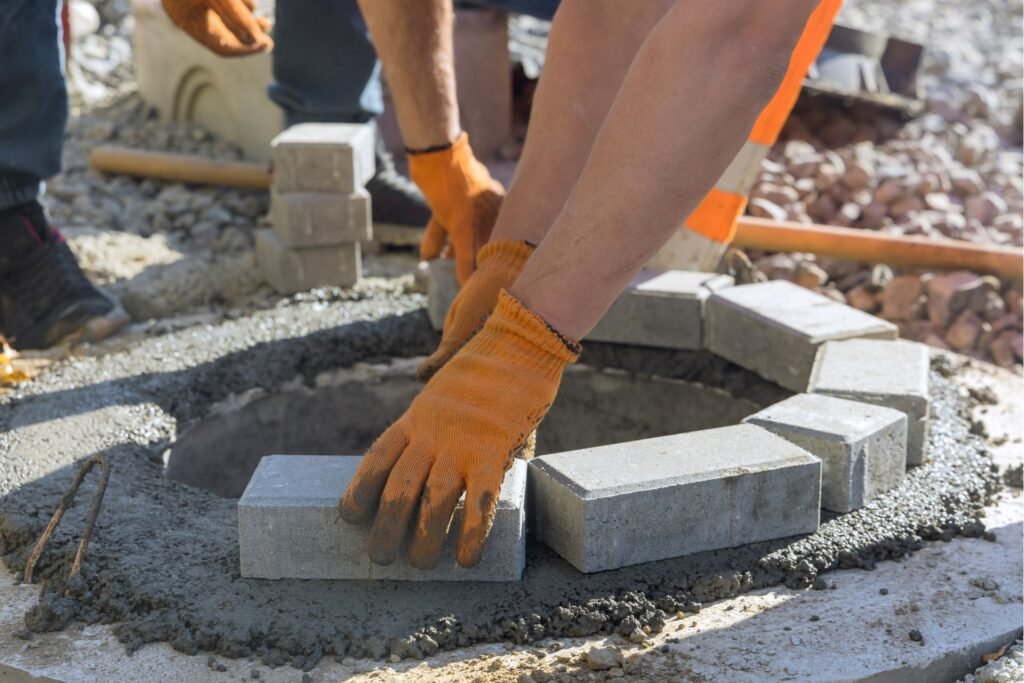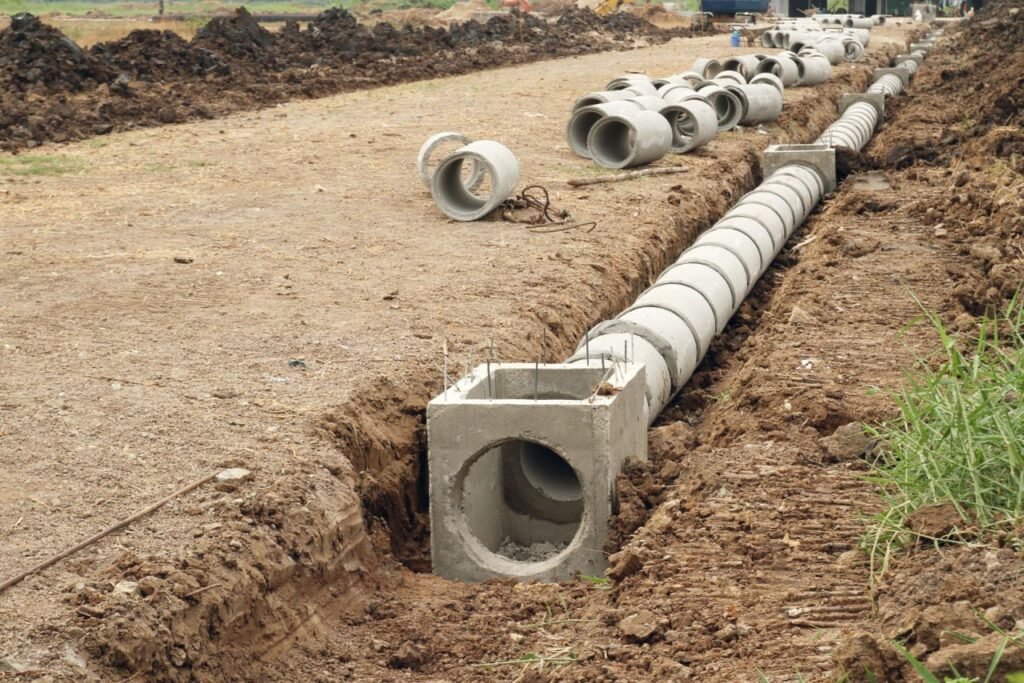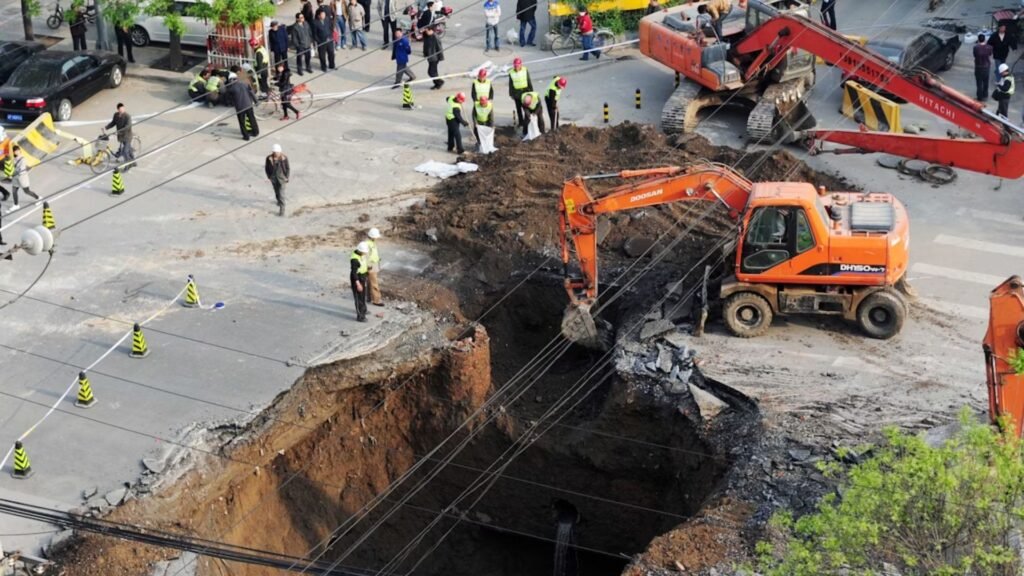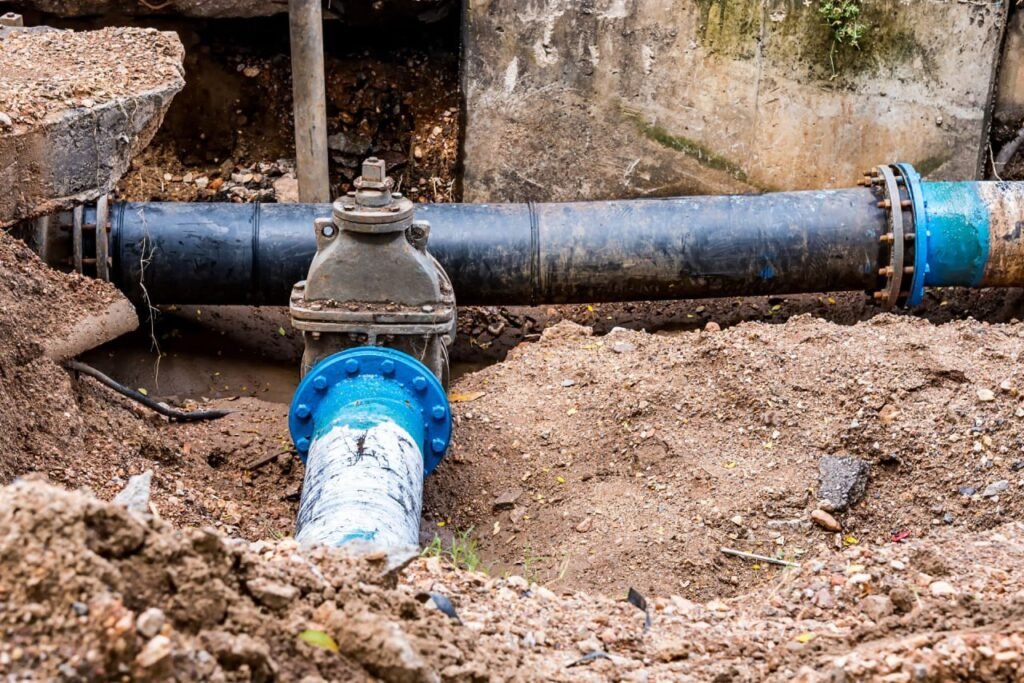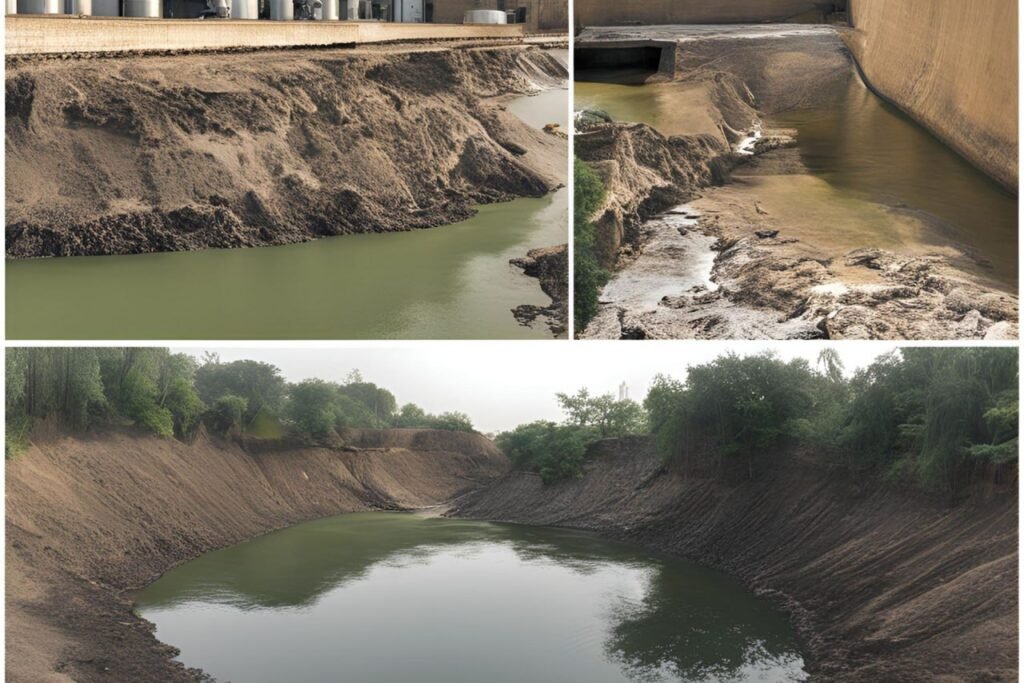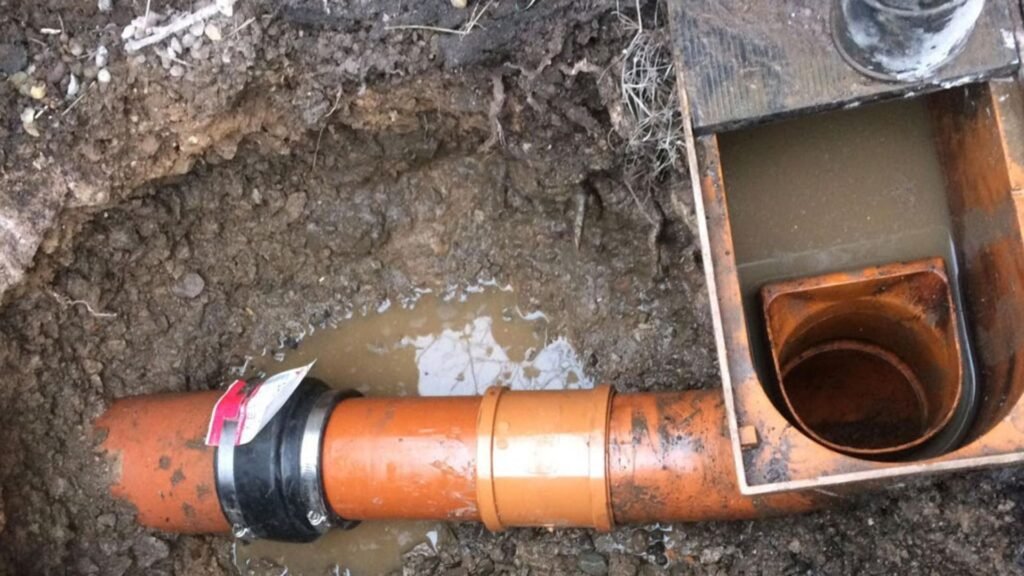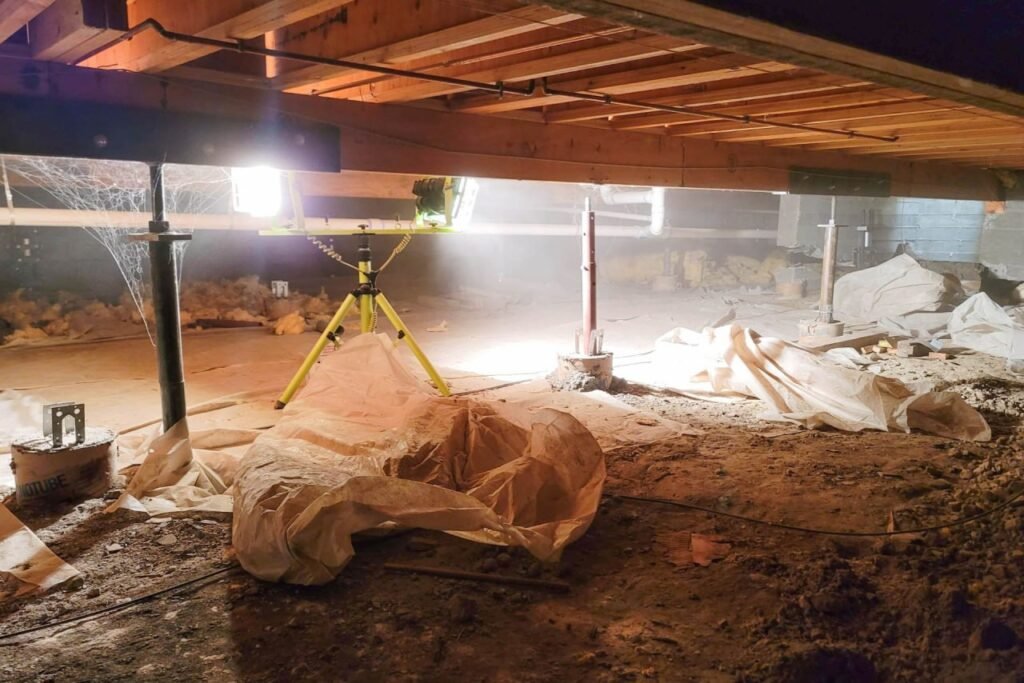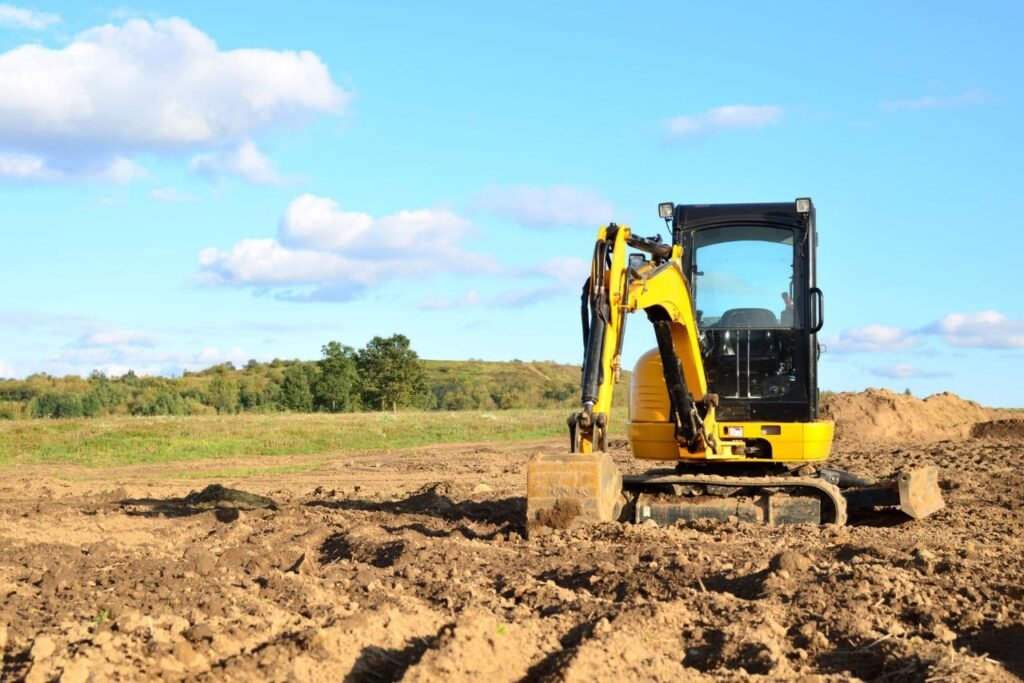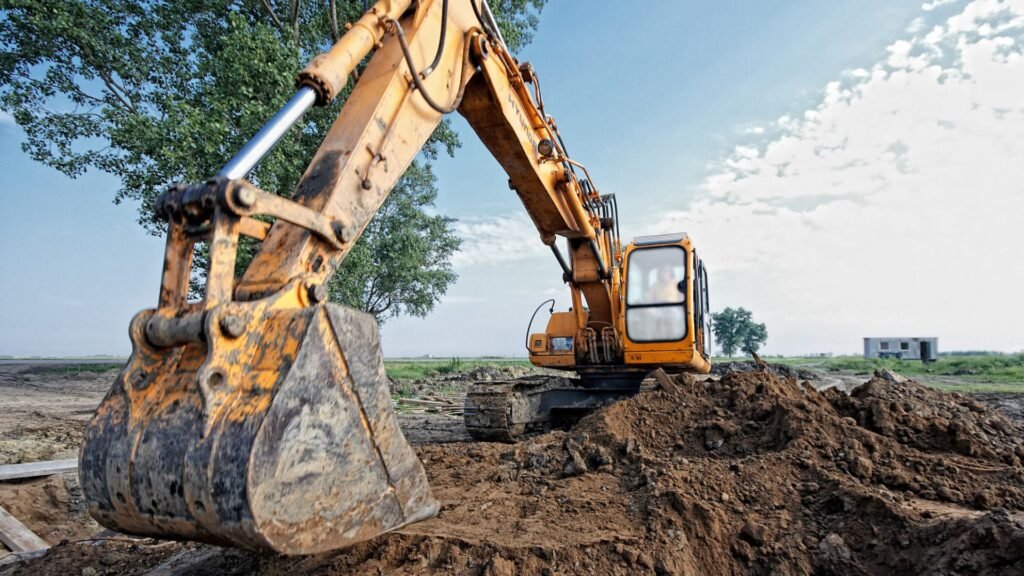Welcome to our comprehensive guide on cess pits in New Zealand! Whether you’re a homeowner, business owner, or just curious about waste management systems, understanding what a cess pit is and its relevance is crucial. In this article, we’ll explore the history, functionality, components, uses, installation process, maintenance, environmental impact, legal regulations, and cost considerations of cess pits. By the end, you’ll have a thorough understanding of how cess pits work, why they matter, and how they fit into the broader context of waste management in New Zealand. Let’s dive in and uncover everything you need to know about cess pits.
A cess pit, also known as a cesspool, is an underground container used for the temporary storage of sewage and wastewater. Commonly used in rural and remote areas of New Zealand, cess pits collect and store waste until it can be safely disposed of or treated. Unlike septic tanks, cess pits do not have an outflow, requiring regular emptying by a professional service to prevent overflow and environmental contamination. Proper maintenance and adherence to local regulations are essential to ensure the safe and effective operation of cess pits.
- Understanding Cess Pits
- Components Of A Cess Pit
- Uses And Applications In NZ
- Installation Process
- Maintenance And Care
- Environmental Impact
- Legal And Regulatory Aspects
- Cost Considerations
- FAQs: About What Is A Cess Pit NZ
- What is a cess pit?
- How does a cess pit work?
- What are the main components of a cess pit?
- How often should a cess pit be emptied?
- What are the benefits of using a cess pit?
- What are the drawbacks of a cess pit?
- Are there any legal requirements for installing a cess pit in NZ?
- Can I install a cess pit myself?
- What alternatives to cess pits are available?
- How much does it cost to install and maintain a cess pit in NZ?
- Conclusion
Understanding Cess Pits
History of Cess Pits
Cess pits have a long and storied history, particularly in New Zealand, where early settlers relied heavily on these simple waste disposal systems. The origins of cess pits date back to the earliest human settlements when the need to manage human waste became essential for public health and sanitation. In New Zealand, as in many other parts of the world, cess pits were among the first solutions to this universal problem.
Early European settlers in New Zealand adopted cess pits as a practical solution to waste management. These pits were essentially holes dug into the ground, lined with stones or bricks to prevent collapse, where human waste could accumulate and slowly decompose. Over time, these pits would need to be emptied or moved to a new location once they were full. This method was straightforward but came with significant health risks, including contamination of drinking water supplies and the spread of diseases.
As communities grew and urban areas expanded, the limitations and dangers of cess pits became more apparent. This led to the evolution of waste management systems. By the mid-20th century, many urban areas in New Zealand began transitioning to more advanced systems, including septic tanks and eventually, centralized sewage treatment plants. These modern systems were designed to handle waste more efficiently and safely, significantly reducing the health risks associated with traditional cess pits.
Basic Functionality
Understanding how cess pits work is crucial for appreciating both their historical significance and their limitations. A cess pit operates by collecting and storing human waste in a pit or tank. The waste gradually decomposes through anaerobic processes, meaning it breaks down without the presence of oxygen. This decomposition process reduces the volume of solid waste, although it does produce sludge that must eventually be removed.
Cess pits differ significantly from septic tanks and modern sewage systems in several ways. While a cess pit is essentially a storage solution for waste, a septic tank is more advanced. Septic tanks are typically divided into two or three compartments and are designed to separate solids from liquids. The liquid effluent from a septic tank can be safely dispersed into a drain field, where it is naturally filtered through the soil. This not only reduces the need for frequent emptying but also minimizes the risk of contamination.
Modern sewage systems take waste management a step further by transporting waste through a network of pipes to centralized treatment facilities. These facilities use a combination of physical, chemical, and biological processes to treat waste, ensuring that the final effluent released into the environment is safe and clean. This approach is far more efficient and environmentally friendly than either cess pits or septic tanks, as it significantly reduces the risk of pollution and disease.
While cess pits played a crucial role in the early development of waste management systems in New Zealand, advancements in technology and a better understanding of public health have led to the adoption of more sophisticated solutions. Understanding the basic functionality and historical context of cess pits provides valuable insight into the evolution of waste management practices and the importance of continued innovation in this essential field.
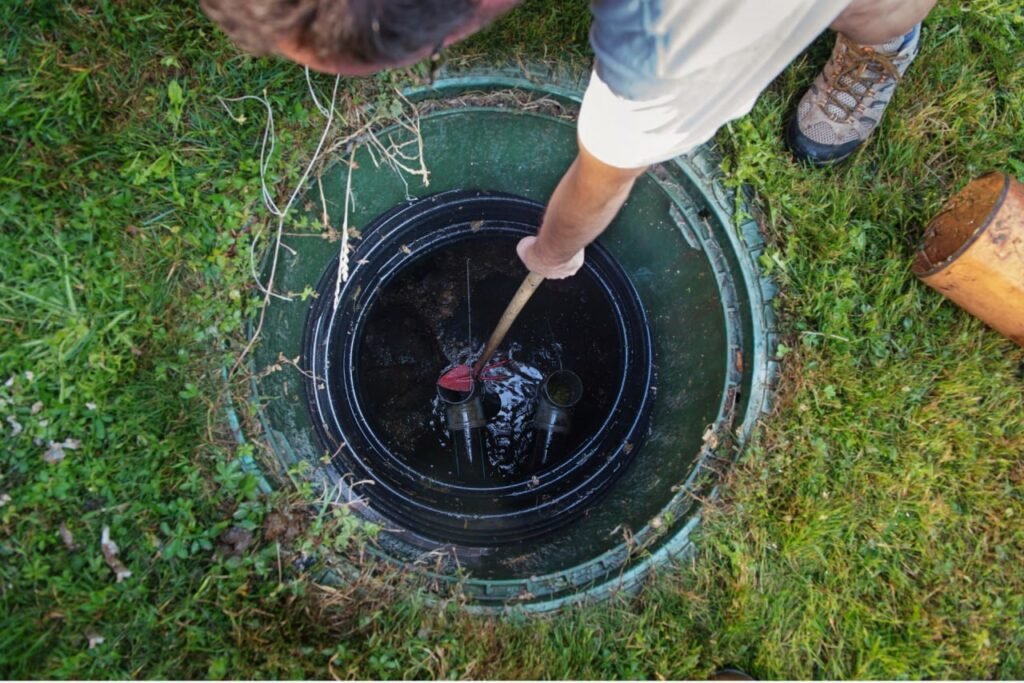
Components Of A Cess Pit
Understanding the components of a cess pit is essential for anyone involved in construction, plumbing, or property maintenance. A cess pit, also known as a cesspool, is a sealed underground tank that collects and stores sewage and waste water. Let’s break down its primary components, focusing on the structure and design, as well as its key parts.
Structure and Design
The structure and design of a cess pit are crucial for its functionality and longevity. These elements determine how effectively the cess pit can store waste and how easily it can be maintained.
Typical Materials Used
Cess pits are typically constructed from materials that ensure durability and resistance to corrosion. The most common materials include.
- Concrete: Often reinforced with steel to enhance strength and durability.
- Fiberglass: Lightweight and resistant to corrosion, making it an excellent choice for various soil conditions.
- Polyethylene: Another lightweight option that is also resistant to chemical reactions and corrosion.
Common Designs and Dimensions
The design of a cess pit can vary based on its intended use and the volume of waste it needs to handle. However, some standard features are typically present.
- Cylindrical or Rectangular Shapes: These shapes are most common, providing optimal space for waste storage.
- Capacity: Sizes can range from small tanks for individual homes to large ones for commercial properties, usually measured in gallons or liters. For instance, a standard domestic cess pit might have a capacity of around 4,000 to 10,000 liters.
- Reinforced Structure: Ensuring that the cess pit can withstand ground pressure and the weight of the waste.
Key Parts
A cess pit is composed of several essential parts that work together to ensure its efficient operation. Understanding these components can help in maintenance and troubleshooting.
Inlet and Outlet Pipes
The inlet and outlet pipes are critical for directing waste into and out of the cess pit.
- Inlet Pipe: This pipe channels the sewage and wastewater from the property into the cess pit. It is usually sloped to allow gravity to aid in the flow of waste.
- Outlet Pipe: In modern cess pits, an outlet pipe may be included for overflow purposes, connecting to a drainage field or soakaway to prevent overfilling.
Inspection Chambers
Inspection chambers are vital for monitoring and maintaining the cess pit.
- Access Points: These are strategically placed to allow easy access for inspection, cleaning, and pumping out waste.
- Safety Measures: Proper sealing of inspection chambers is crucial to prevent odors from escaping and to ensure the safety of those inspecting the pit.
Cover and Ventilation
The cover and ventilation systems of a cess pit are essential for odor control and access.
- Cover: The cover, typically made from heavy-duty materials like cast iron or reinforced concrete, must be secure yet accessible. It prevents unauthorized access and ensures that the cess pit remains sealed.
- Ventilation: Proper ventilation is crucial to avoid the buildup of gases such as methane. Vent pipes allow these gases to escape safely, reducing the risk of explosion and unpleasant odors.
The components of a cess pit, from its structure and design to its key parts, play a vital role in its efficiency and safety. By understanding these elements, property owners and maintenance professionals can ensure their cess pits operate effectively and remain compliant with health and safety regulations.
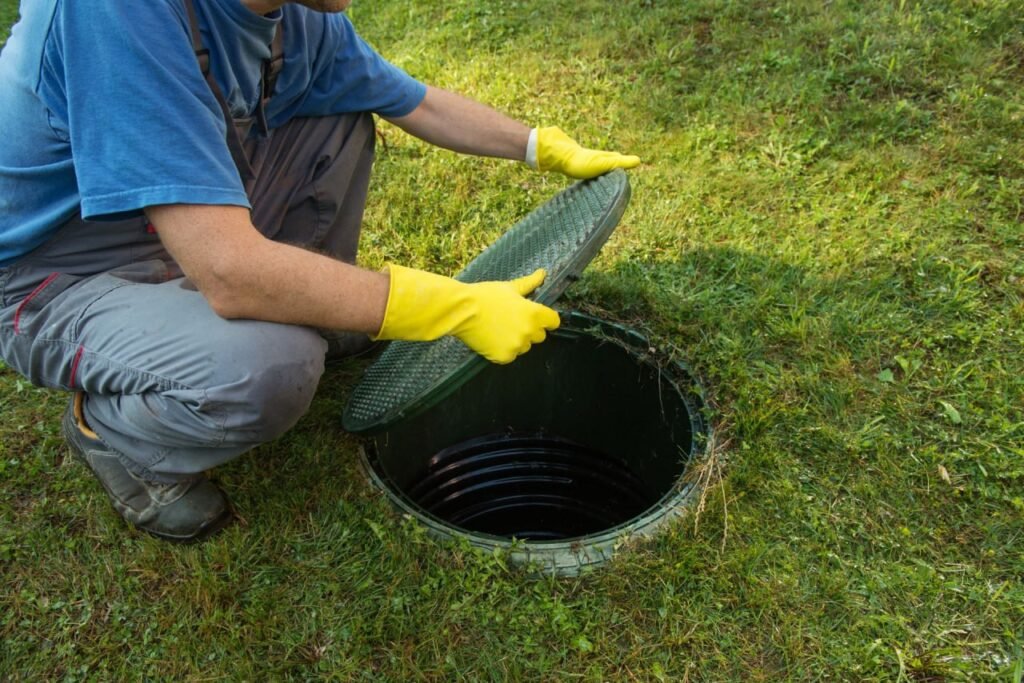
Uses And Applications In NZ
Residential Use
Typical Scenarios for Cess Pit Installation
In New Zealand, cess pits are commonly used in residential areas to manage stormwater runoff. Homeowners often install cess pits in their driveways, patios, and garden areas to prevent water pooling and flooding during heavy rains. For instance, properties with large paved areas or sloped terrains benefit significantly from cess pits, as these structures efficiently capture and redirect rainwater away from the property, protecting the home’s foundation and surrounding landscape.
Benefits and Limitations for Homeowners
Installing a cess pit offers numerous benefits for homeowners. Firstly, it helps prevent water damage to foundations, reducing the risk of costly repairs. Secondly, by managing stormwater effectively, cess pits can minimize soil erosion in garden areas, maintaining the integrity of the landscape. Additionally, they can reduce the likelihood of mosquito breeding grounds by preventing standing water accumulation. However, there are some limitations to consider. Cess pits require regular maintenance to remove accumulated debris and sediment, ensuring they function correctly. Neglecting this maintenance can lead to blockages and decreased efficiency. Furthermore, improper installation can cause issues such as overflow or inadequate drainage.
Commercial and Industrial Use
How Businesses and Industries Utilize Cess Pits
In commercial and industrial settings, cess pits play a crucial role in managing stormwater and wastewater. Large commercial properties, such as shopping centers and office complexes, use cess pits to handle the substantial amount of runoff from expansive roofs and parking lots. In industrial areas, cess pits are essential for capturing and treating runoff that may contain contaminants from various processes. For example, manufacturing plants and warehouses rely on cess pits to manage water from cleaning operations and outdoor storage areas, preventing pollutants from entering the municipal water system.
Regulatory Considerations
Businesses and industries in New Zealand must adhere to specific regulatory requirements when installing and maintaining cess pits. The Resource Management Act (RMA) governs the discharge of contaminants and the management of stormwater, ensuring that cess pits are designed and operated in a way that protects the environment. Companies must obtain the necessary permits and comply with local council guidelines, which often include regular inspections and maintenance schedules. Failure to comply with these regulations can result in fines and legal action. It is crucial for businesses to stay informed about the latest standards and best practices for cess pit management to avoid regulatory issues and promote environmental sustainability.
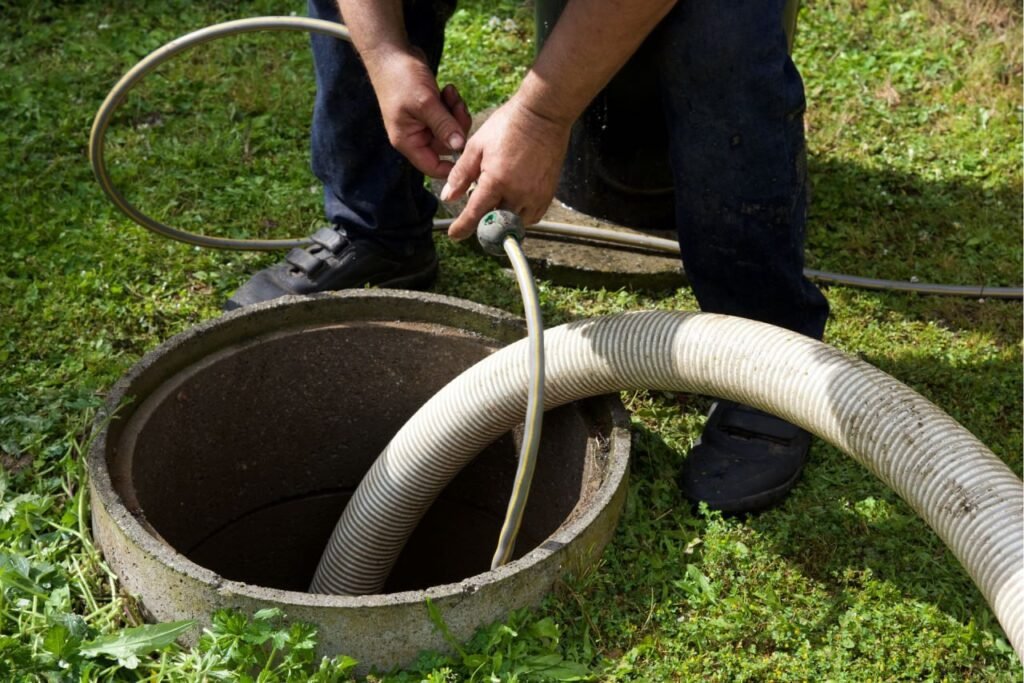
Installation Process
Installing a cess pit is a critical task that requires careful planning and execution. Here’s a detailed look at the installation process, from site assessment to professional and DIY installation.
Site Assessment
Before installing a cess pit, a thorough site assessment is crucial. This step ensures the suitability of your property for such an installation and helps in identifying any potential environmental concerns.
- Evaluating the Suitability of Your Property: The first step involves assessing the ground conditions and the layout of your property. Factors such as soil type, groundwater level, and proximity to water sources or buildings are considered. A professional site evaluation will determine the best location for the cess pit, ensuring it functions effectively and complies with local regulations.
- Environmental Considerations: Environmental impact is a significant factor in cess pit installation. Assessors will consider potential effects on nearby water bodies, wildlife, and vegetation. They will also check for compliance with environmental regulations to prevent contamination and ensure sustainable practices are followed.
Professional Installation
Opting for professional installation is often the best choice to ensure the cess pit is installed correctly and efficiently.
- Steps Involved in Installing a Cess Pit: The installation process begins with excavation, where a suitable hole is dug to accommodate the cess pit. Next, a base layer, typically gravel, is laid to aid drainage. The cess pit is then placed into the hole, and the surrounding area is backfilled with soil. Proper sealing and venting are crucial to prevent leaks and ensure the system functions properly.
- Importance of Hiring Certified Professionals: Hiring certified professionals guarantees that the installation adheres to industry standards and regulations. Certified installers have the necessary skills and experience to manage the complexities of cess pit installation, reducing the risk of issues such as improper placement, leaks, or contamination. Additionally, professional installation often comes with warranties, providing peace of mind that the system will perform as expected.
DIY Installation
While some homeowners may consider a DIY installation to save costs, it comes with significant risks and challenges.
- Risks and Challenges of DIY Cess Pit Installation: Installing a cess pit yourself can be daunting and potentially hazardous. Without the proper knowledge and tools, you may face challenges such as incorrect placement, inadequate sealing, and insufficient drainage. These issues can lead to system failures, environmental contamination, and costly repairs. Furthermore, DIY installation might not meet local regulatory standards, resulting in fines or the need for reinstallation by professionals.
The installation process for a cess pit involves a detailed site assessment to determine suitability and environmental impact, professional installation to ensure compliance and functionality, and the risks associated with DIY efforts. Hiring certified professionals is recommended to avoid potential pitfalls and ensure a successful installation.
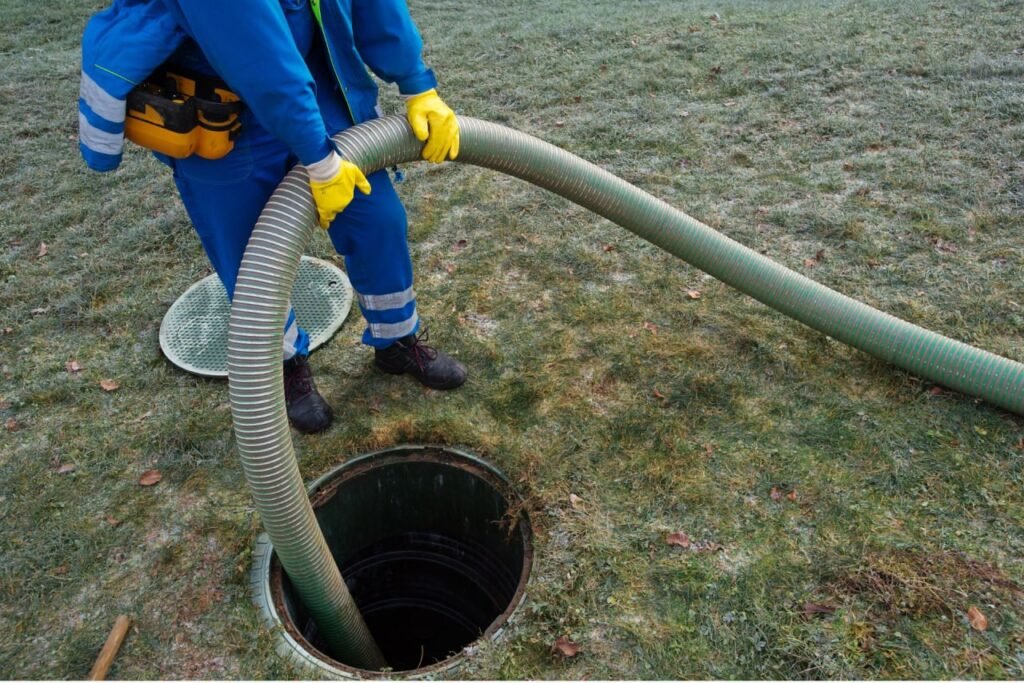
Maintenance And Care
Proper maintenance and care of your system are crucial to ensure its longevity and efficiency. Regular upkeep not only helps in preventing costly repairs but also ensures that the system operates smoothly. Here’s a detailed guide on how to maintain and care for your system.
Regular Inspections
Frequency and What to Look For
Regular inspections are the cornerstone of effective maintenance. Ideally, you should inspect your system at least once every six months. During these inspections, look for signs of wear and tear, corrosion, leaks, or any unusual noises that may indicate underlying issues. Check all components, including pipes, valves, and fittings, to ensure they are secure and functioning correctly. Additionally, inspect the area around your system for signs of water damage or erosion, which can indicate leaks or drainage problems.
Cleaning and Pumping
How Often It Should Be Done
Cleaning and pumping are essential tasks that keep your system in optimal condition. Generally, you should schedule a professional cleaning and pumping service every three to five years. However, the frequency can vary based on the size of your system and the volume of use. Regular cleaning prevents the buildup of sludge and debris, which can cause blockages and reduce efficiency.
Hiring Professional Services
While some maintenance tasks can be done on your own, cleaning and pumping are best left to professionals. Professional services have the expertise and equipment to thoroughly clean and pump your system, ensuring all waste is effectively removed and disposed of according to environmental regulations. Hiring professionals also gives you peace of mind, knowing that your system is being cared for by experts.
Common Issues and Troubleshooting
Identifying and Resolving Problems
Despite regular maintenance, issues can still arise. Common problems include blockages, leaks, and mechanical failures. If you notice slow drainage, unpleasant odors, or unusual noises, these could be signs of a problem. To resolve these issues, start by identifying the source. For blockages, use a plumber’s snake or hydro jetting to clear the pipes. Leaks may require tightening fittings or replacing damaged components. Mechanical failures, such as a malfunctioning pump, often need professional repair or replacement.
Preventative Measures
Preventative measures can significantly reduce the risk of problems. Regularly flush your system with clean water to prevent buildup of debris. Avoid pouring grease, oil, or non-biodegradable materials down your drains, as these can cause blockages. Installing filters and traps can help catch debris before it enters your system. Additionally, educate household members on what should and should not be flushed or drained to maintain system health.
By following these maintenance and care guidelines, you can ensure your system remains efficient and problem-free. Regular inspections, cleaning, and addressing issues promptly will save you time and money in the long run. Remember, proactive care is always better than reactive repairs.
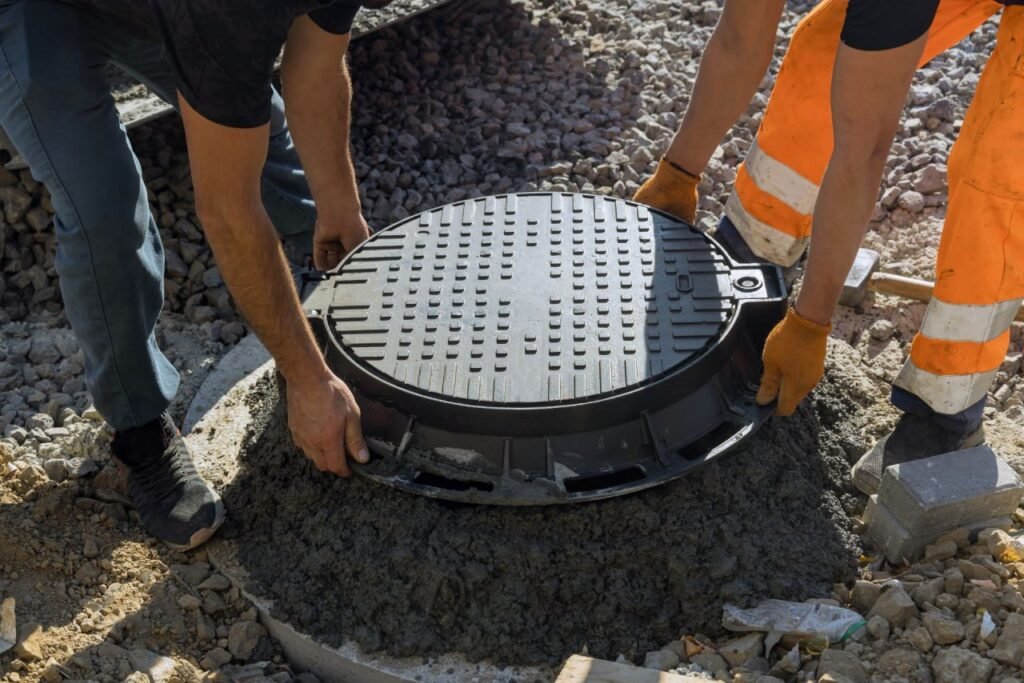
Environmental Impact
Potential Hazards
When it comes to traditional cess pits, one of the most significant concerns is the risk of leaks and contamination. Cess pits are essentially underground containers where sewage is collected and stored. Over time, these structures can deteriorate, leading to leaks that can contaminate the surrounding soil and groundwater. This contamination poses severe risks to the environment, potentially affecting local water supplies and ecosystems. Harmful bacteria, viruses, and chemicals from sewage can seep into the ground, leading to health hazards for both humans and wildlife. It’s crucial to recognize these risks and take proactive steps to mitigate them to protect our environment and public health.
Eco-Friendly Alternatives
In light of these potential hazards, there are several modern, eco-friendly alternatives to traditional cess pits that can significantly reduce environmental impact. One such alternative is upgrading to a septic tank system. Septic tanks offer a more advanced method of sewage treatment, breaking down waste more effectively and minimizing the risk of leaks and contamination. They are designed with multiple compartments that separate solid waste from liquid, allowing for more efficient decomposition and filtration before the effluent is released into the drain field. This process ensures that the waste is treated more thoroughly, reducing the likelihood of environmental damage.
Another highly beneficial option is connecting your property to a municipal sewer system. Municipal sewer systems are managed by local authorities and provide a centralized method for treating and disposing of sewage. By connecting to a municipal sewer, you ensure that your waste is handled using the latest technology and practices, further minimizing any negative environmental impact. This system not only enhances the efficiency of sewage treatment but also ensures that waste is processed in compliance with strict environmental regulations.
Both upgrading to a septic tank and connecting to a municipal sewer offer substantial benefits. These modern alternatives help in safeguarding our environment by reducing the chances of leaks and contamination. Additionally, they contribute to public health by ensuring that waste is managed and treated effectively. In the long run, these eco-friendly solutions can also lead to cost savings, as they are designed to be more durable and require less frequent maintenance than traditional cess pits.
By considering these alternatives, homeowners and property managers can make informed decisions that promote sustainability and protect the environment. Investing in modern sewage treatment systems is a crucial step towards reducing our ecological footprint and ensuring a healthier future for generations to come.
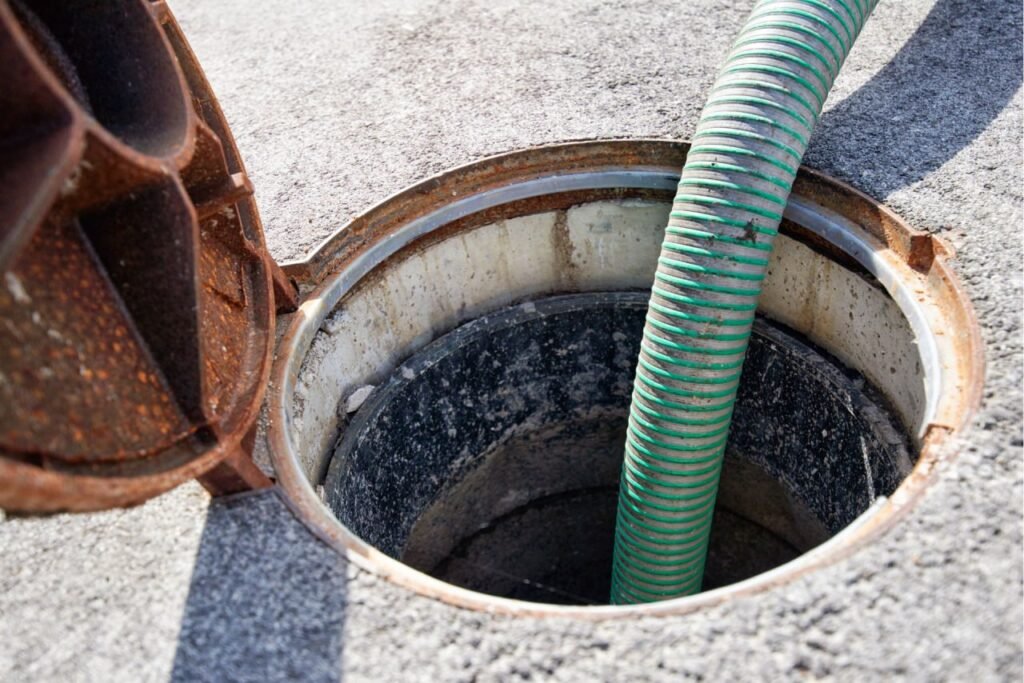
Legal And Regulatory Aspects
When it comes to installing and maintaining a cess pit in New Zealand, understanding the legal and regulatory landscape is crucial. This section covers the necessary NZ regulations, permits, compliance requirements, and health and safety standards to ensure your cess pit project runs smoothly and legally.
NZ Regulations
Overview of Local Laws and Regulations
New Zealand has specific laws and regulations governing the installation and maintenance of cess pits. These regulations are designed to protect the environment and public health. It’s essential to familiarize yourself with the Resource Management Act (RMA) and local council bylaws. The RMA sets the framework for managing the environmental impacts of cess pits, ensuring they do not contaminate soil or water resources.
Local councils also have bylaws that you must adhere to. These bylaws can vary significantly depending on your location, so it’s important to consult with your local council to understand the specific requirements in your area. Compliance with these regulations is not only mandatory but also beneficial for the community and environment.
Permits and Compliance Requirements
Before installing a cess pit, you will need to obtain the necessary permits from your local council. The permitting process typically involves submitting detailed plans of your cess pit, including its location, size, and construction materials. The council will review these plans to ensure they meet all regulatory standards.
In addition to obtaining permits, you must comply with ongoing maintenance and inspection requirements. Regular inspections ensure that the cess pit is functioning correctly and not posing any environmental or health risks. Failure to comply with these regulations can result in hefty fines and legal action, so it’s crucial to stay informed and compliant.
Health and Safety Standards
Ensuring Your Cess Pit Meets Health and Safety Standards
Health and safety are paramount when it comes to cess pits. New Zealand has stringent health and safety standards to prevent the risks associated with cess pits, such as contamination and structural failures. The Health and Safety at Work Act 2015 outlines the responsibilities of individuals and businesses to ensure the safety of their cess pits.
To meet health and safety standards, your cess pit must be constructed using appropriate materials that are durable and resistant to corrosion. Proper ventilation is also essential to prevent the buildup of hazardous gases. Regular maintenance, such as cleaning and inspecting the cess pit, is vital to ensure it remains safe and operational.
Additionally, signage should be placed around the cess pit to warn of potential hazards. This is especially important if the cess pit is located in an area accessible to the public or workers. Personal protective equipment (PPE) should be used when performing maintenance to protect against potential health risks.
By understanding and adhering to the legal and regulatory aspects, including NZ regulations and health and safety standards, you can ensure that your cess pit project is not only compliant but also safe and sustainable. This proactive approach helps protect both the environment and the well-being of the community, contributing to a healthier and more responsible future.
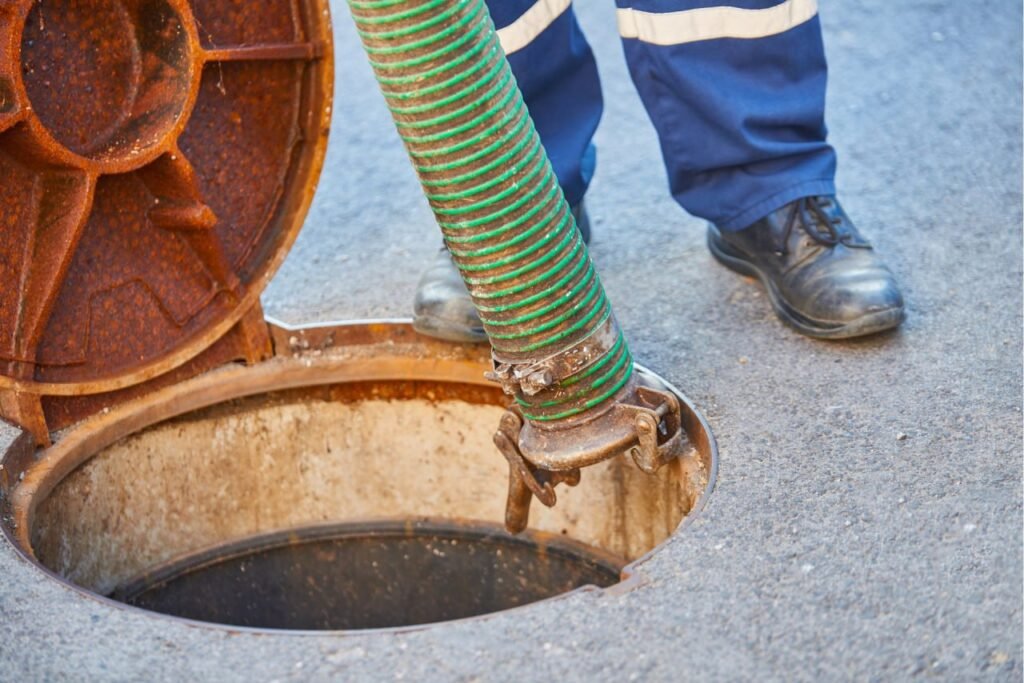
Cost Considerations
Understanding the cost considerations is crucial when planning any project. Whether you are installing a new feature or maintaining an existing one, being aware of the expenses involved can help you budget effectively and avoid any unpleasant surprises. Let’s delve into the key cost components you need to consider.
Installation Costs
When it comes to installation, several factors can influence the overall cost. Here are the primary aspects to keep in mind.
1. Size and Complexity of the Project: Larger and more complex projects typically require more labor and materials, which can significantly increase costs. For example, installing a large retaining wall or a multi-level deck will be more expensive than a smaller, simpler structure.
2. Materials Used: The type of materials you choose plays a significant role in determining the cost. High-end materials like natural stone or premium hardwoods will cost more than basic options like treated pine or composite decking.
3. Labor Charges: Labor costs can vary based on the region and the expertise of the professionals you hire. In New Zealand, it’s common to see varying rates depending on the complexity of the job and the experience level of the contractor.
4. Site Preparation: If your site requires extensive preparation, such as clearing existing structures or leveling uneven ground, these additional tasks can add to the overall cost.
5. Permits and Regulations: Depending on the scope of your project, you might need to obtain permits or comply with local regulations, which can incur additional fees.
Average Costs in NZ
On average, the installation costs in New Zealand can range from NZD 150 to NZD 300 per square meter for basic projects. However, for more elaborate installations, the price can go up to NZD 500 per square meter or more.
Maintenance Expenses
Maintenance is another crucial aspect that can impact your overall budget. Regular upkeep ensures longevity and optimal performance of your installation. Here’s what you need to consider.
1. Regular Cleaning and Inspection: Routine cleaning and inspection help in identifying any issues early on. This can prevent minor problems from becoming major, costly repairs.
2. Repair Costs: Over time, wear and tear are inevitable. Budgeting for occasional repairs, such as fixing a cracked deck board or replacing a broken paver, is essential.
3. Protective Treatments: Some materials, like natural wood, may require periodic treatments to protect against the elements. This could include sealing, staining, or applying protective coatings.
4. Seasonal Maintenance: Depending on the climate, you might need to perform seasonal maintenance tasks, such as clearing debris in autumn or checking for frost damage in winter.
Budgeting Tips
To manage maintenance expenses effectively, consider setting aside a small fund dedicated to these costs. Regularly updating your budget to reflect any new maintenance needs can also help keep finances in check. Additionally, investing in higher-quality materials initially can often reduce long-term maintenance costs.
By carefully considering both installation and maintenance costs, you can make more informed decisions and ensure your project stays within budget while maintaining its quality and longevity. Remember, thorough planning and regular upkeep are key to a successful, cost-effective installation.

FAQs: About What Is A Cess Pit NZ
What is a cess pit?
A cess pit, also known as a cesspool, is an underground container designed to collect and store sewage and wastewater. It is a simple form of waste management system often used in areas where connecting to a municipal sewer system is not feasible.
How does a cess pit work?
Cess pits collect sewage and wastewater from a property through an inlet pipe. The waste is stored in the pit until it is full and needs to be emptied by a professional service. Unlike septic tanks, cess pits do not treat the waste, so they require more frequent maintenance.
What are the main components of a cess pit?
A cess pit typically consists of a watertight container, an inlet pipe for sewage entry, an inspection chamber, a cover for sealing, and a ventilation pipe to release gases.
How often should a cess pit be emptied?
The frequency of emptying a cess pit depends on its size and the volume of waste it receives. Generally, cess pits should be emptied every few months to prevent overflow and environmental contamination.
What are the benefits of using a cess pit?
Cess pits can be a practical solution for waste management in remote or rural areas where connecting to a sewer system is not possible. They are relatively simple and inexpensive to install compared to more complex systems like septic tanks.
What are the drawbacks of a cess pit?
Cess pits require regular emptying and maintenance, which can be costly over time. They also pose a higher risk of environmental contamination if not properly maintained and can emit unpleasant odors if not adequately ventilated.
Are there any legal requirements for installing a cess pit in NZ?
Yes, installing a cess pit in New Zealand is subject to local regulations and requires obtaining the necessary permits. It is essential to comply with health and safety standards and ensure the installation meets environmental guidelines.
Can I install a cess pit myself?
While it is possible to install a cess pit yourself, it is highly recommended to hire a certified professional. Proper installation is crucial to ensure the system functions correctly and complies with local regulations.
What alternatives to cess pits are available?
Alternatives to cess pits include septic tanks, which treat and partially process wastewater, and connecting to a municipal sewer system if available. Modern eco-friendly waste management systems, such as composting toilets, are also gaining popularity.
How much does it cost to install and maintain a cess pit in NZ?
The cost of installing a cess pit varies depending on the size, materials, and labor involved. On average, installation costs can range from $1,000 to $5,000. Maintenance costs include regular emptying and any necessary repairs, which can add up over time. It’s essential to budget for these ongoing expenses to ensure the cess pit remains functional and safe.
Conclusion
In conclusion, it’s essential to recap the key points we’ve covered about the differences between sewage and sewerage. We explored the definitions, the systems involved, and the significance of each in maintaining public health and environmental safety. From understanding how sewage is the waste itself to recognizing sewerage as the infrastructure that transports it, these insights are crucial for both homeowners and professionals. My final thoughts emphasize the importance of proper sewage management and maintaining sewerage systems to prevent health hazards and environmental damage. If you have any questions or experiences to share, I encourage you to comment below. Additionally, don’t hesitate to share this post with others who might find it informative, and reach out to local experts if you need professional advice or services.
About the Author:
Mike Veail is a recognized digital marketing expert with over 6 years of experience in helping tradespeople and small businesses thrive online. A former quantity surveyor, Mike combines deep industry knowledge with hands-on expertise in SEO and Google Ads. His marketing strategies are tailored to the specific needs of the trades sector, helping businesses increase visibility and generate more leads through proven, ethical methods.
Mike has successfully partnered with numerous companies, establishing a track record of delivering measurable results. His work has been featured across various platforms that showcase his expertise in lead generation and online marketing for the trades sector.
Learn more about Mike's experience and services at https://theleadguy.online or follow him on social media:
